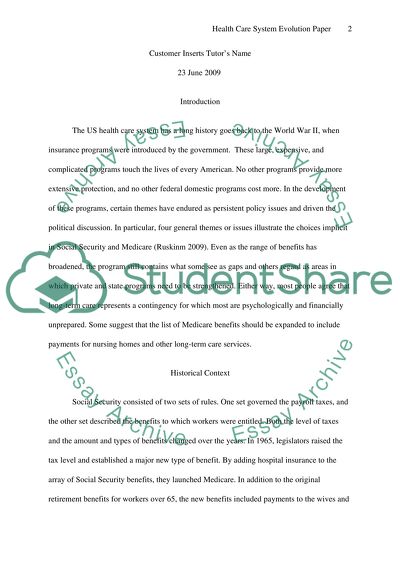Cite this document
(“Health Care System Essay Example | Topics and Well Written Essays - 1000 words”, n.d.)
Retrieved from https://studentshare.org/miscellaneous/1509377-health-care-system
Retrieved from https://studentshare.org/miscellaneous/1509377-health-care-system
(Health Care System Essay Example | Topics and Well Written Essays - 1000 Words)
https://studentshare.org/miscellaneous/1509377-health-care-system.
https://studentshare.org/miscellaneous/1509377-health-care-system.
“Health Care System Essay Example | Topics and Well Written Essays - 1000 Words”, n.d. https://studentshare.org/miscellaneous/1509377-health-care-system.


